The Pace of Change in the Industry
As a lifelong techie I’m constantly reminded of erratic pacing for changes in our industry. Hardware and software lurch at dizzying rates while advanced concepts, with dramatic potential for exploiting improved technology, languish unused for years. Whether in GPS/GNSS receiver configurations, surveillance, collision avoidance, or various other areas, needed solutions await industry’s willingness to change the status quo. A basic function in today’s systems is source-to-destination data transmission. Quite often an urgent need can be met, not by more precision nor higher data rates nor larger capacities, but simply a different selection of information content.
Space limitations preclude full elaboration here; see other parts of this site and the references cited therein. Although today’s modus operandi limits both military and commercial systems. I’m not implying that inertia plus oversimplification in methodologies are entirely to blame for “missing the boat” in all instances. Additional factors are well known (e.g., safety often requires smooth – thus, coordinated – “old-to-new” transitions). It is striking, though, to witness how much effect the one facet noted above (selection of information content) can exert on overall performance. I elaborate on that in several publications – many available on this site.
No criticism is intended nor implied here; yesteryear’s designs lacked access to today’s technology, and other lifelong techies have a different set of uncommon insights (not unusual). To fortify claims just made, I’ll do two quick things. First, for just one of many topics with potential (but unused) enormous improvement I show at this site – a recognized real-world example: collision avoidance, in both two (runway incursions) and three (near miss in-air) dimensions. Second, in addition to the 100+ book pages viewable from this site, I cite a small but representative fraction chosen from about 90 manuscripts I wrote or coauthored:
In applications across-the-board (in-air, maritime, space-related, or on land), depth of insight despite complexity is a make-or-break factor. Although that merely states the obvious, we repeatedly observe adherence to older techniques that could not capitalize on capabilities offered by recent technological advances. In addition to the previously mentioned “slower-is-safer” caution it is instructive to recall some further restraints. These challenges must be met to avoid failure, as described among references cited herein (“The industry can either adopt changes or continue to settle for performance levels at a minor fraction of the intrinsic capabilities available from our present and future systems.)” Claims I make here can invite skepticism -- fair enough -- but those willing to explore in depth these references will see potential for unprecedented benefits.










